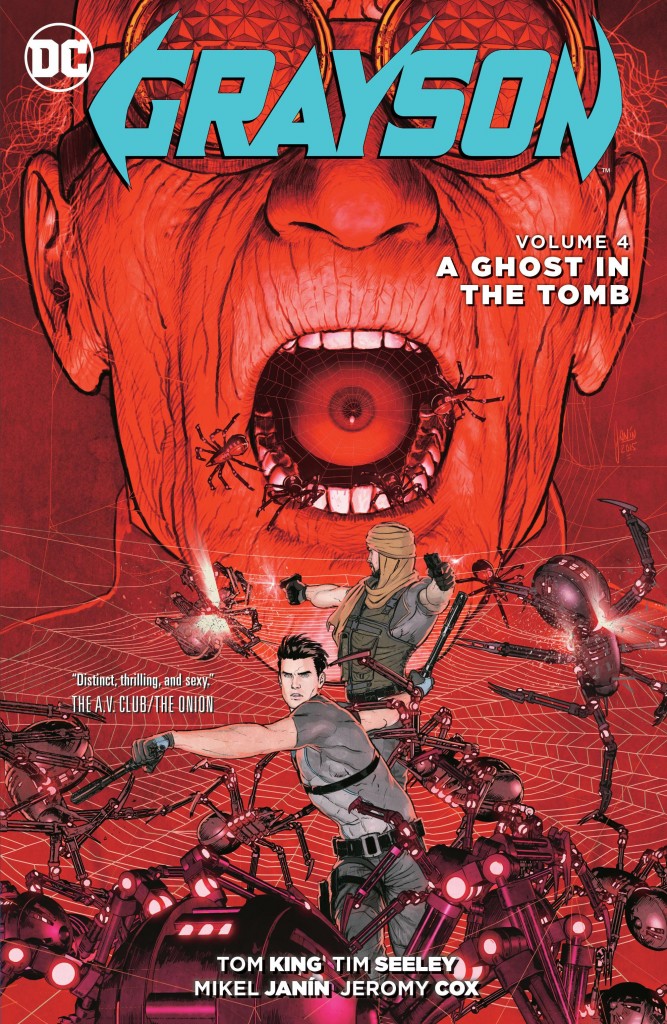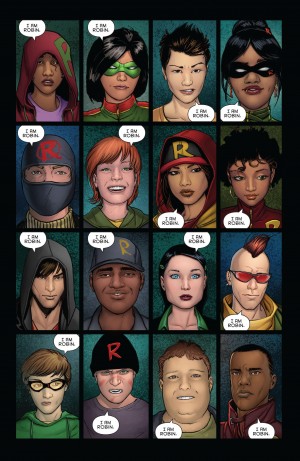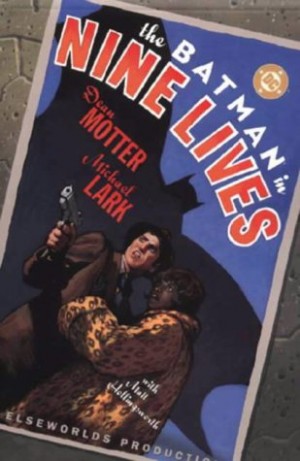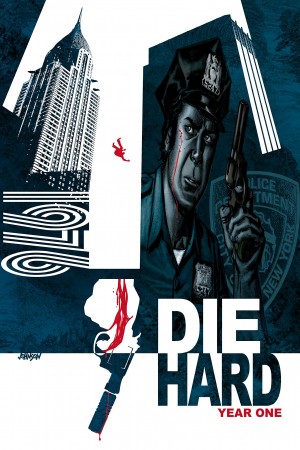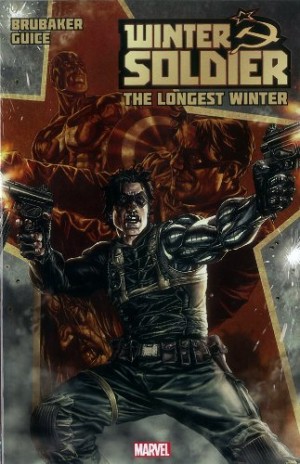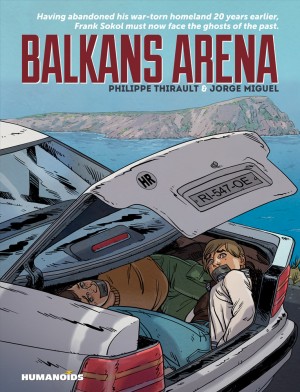Review by Ian Keogh
Spyral was a covert organisation that Grant Morrison introduced in his run on Batman. As plotted by Morrison, and continued in Grayson, it was so wrapped in secrets, lies and manipulation that it was deliberately contradictory to the point of obscurity. Who can divert its intentions if they don’t know where to start? The series began with Batman sending Dick Grayson to infiltrate Spyral, but he rapidly became sucked into the deceptions to the point of questioning himself and his priorities.
That was the state as Nemesis closed, but has no relevance here until over halfway through the book, as before then we’re concentrating on Robin. Grayson, of course, was once Robin, and so were several others, but the name and insignia have now been more broadly claimed by Gotham’s teenagers. The city establishment isn’t keen on the idea of countless child vigilantes, and quickly outlaws them. Numerous artists work on this story giving it a disjointed feel from page to page, until regular series artist Mikel Janín resumes total control for the penultimate chapter. In the course of multiple training sessions writers Tom King and Tim Seeley get under the skin of Robin’s methods in what’s the best chapter overall. There’s then a leap as other chapters of this crossover play out in different titles before concluding here. It’s not ideal, but working out what’s happened in the meantime hardly requires a detective of Grayson’s capabilities. The Robin story removes Dick Grayson from secret agent and mystery territory, and it’s disappointing beyond being a diversion. Overall it’s some sporadic fine moments wrapped in a tale that’s very ordinary. The ending involving the Court of Owls is disappointing because its unimaginative, and while the series to date hasn’t been perfect, it’s not lacked for imagination.
Once the Robin story is done and dusted we move back to Spyral and Stephen Mooney takes over the art for a chapter. His page designs echo both the complexity and the symbolism of the backstory in impressively decorative fashion. This is as Grayson’s story is actually less interesting than the revelation of what Spyral is, and the full horror of Leviathan, their sworn enemies. As if having seen Mooney’s pages and having to up his game, Janín delivers one spectacular finale with Grayson now having come to a decision about the path that needs to be taken and how to set about this. The energy seeps from the pages from beginning to end of this fantastic thrill ride, and if lack of imagination was a problem in the Robin story, there’s a surplus here. This is supremely entertaining comics.
In an ideal world DC would have published an extra large collection that included the story’s conclusion, but for that you’ll have to pick up Spiral’s End.
